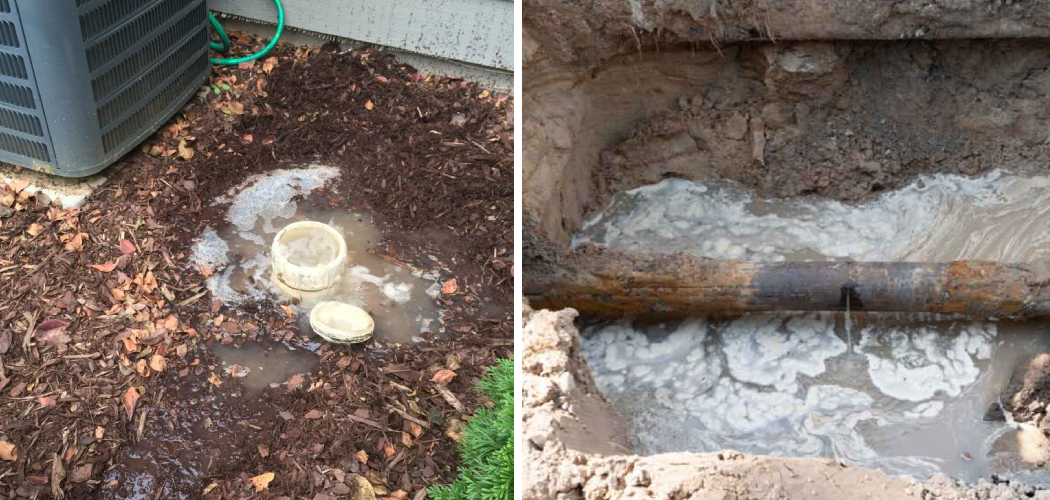Are you having issues with your sewer system and want to know how to check for leaks? Don’t let plumbing problems plague you–there is an easy way to find out any leaks in your home’s sewage network. Here’s what you need to know about identifying – and preventing – potential sewer line leakage in your home.
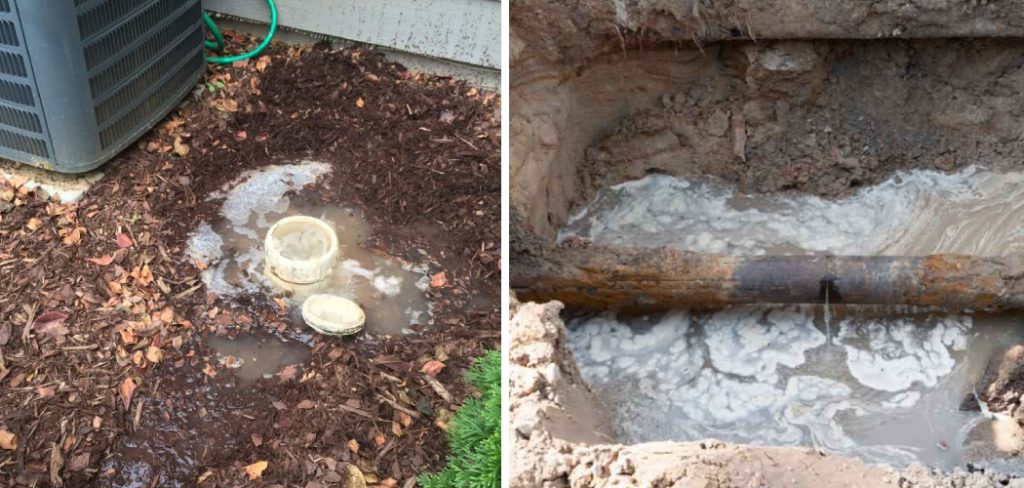
Checking for a leaking sewer can help save you from costly repairs or potential health risks down the line. In this blog post, we’ll walk you through step-by-step instructions on how to check for sewer leaks in your house’s drainage systems and what precautions can be taken should any irregularities arise!
Keep reading to learn more about detecting unintended water flow into your sewers and finding a solution that works best for you.
What Will You Need?
To check for sewer leaks, you’ll need a few simple tools:
- A flashlight and protective eyewear
- A plunger
- Goggles (in case of debris)
- Vinyl gloves
Once you’ve collected your tools, you’re ready to start.
10 Easy Steps on How to Check for Sewer Leaks
Step 1: Inspect Your Drains
The first step in checking for a sewer leak is to inspect the drains in your home. Start by looking at each drain with the flashlight and make sure that nothing is blocking any of the pipes. If there is an obstruction, be sure to remove it as soon
Step 2: Check the Toilet/Bathtub for Water Pressure
Next, check your toilet or bathtub for water pressure. This will help you determine if a blockage in the sewer lines could be causing a leak. Take note of any strange sounds, such as gurgling or bubbling noises from the pipes.
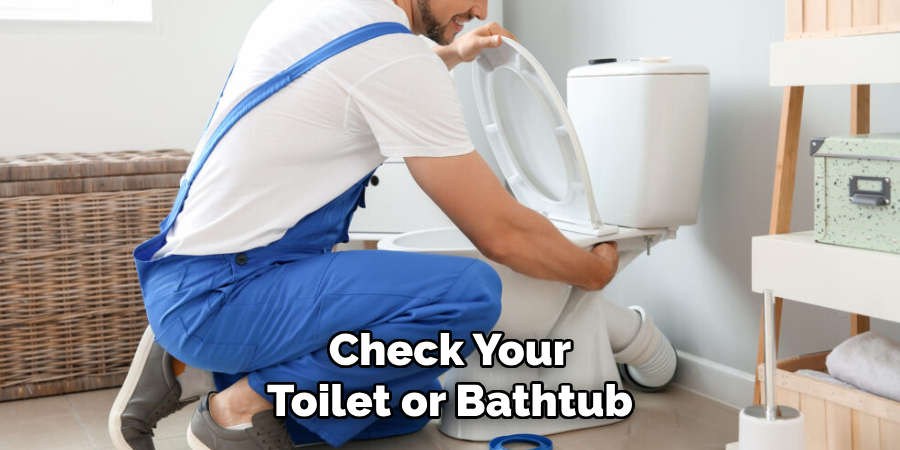
Step 3: Check the Water Meter
Another way to check for sewer leaks is by checking your home’s water meter. If there are any unexpected spikes in the water usage, it could be a sign of a leak. This would indicate that there is an issue with the plumbing system and needs to be addressed immediately.
Step 4: Use a Plumber’s Snake
If you suspect a blockage or clog in the pipes, use a plumber’s snake to check it out. You can insert the snake into the drain and turn it until you feel resistance. This will help you identify any clogs in the line causing sewer leaks.
Step 5: Test Your Sewer Pipes
Now that you’ve checked for obstructions and water pressure issues, it’s time to test the sewer pipes for leaks. To do this, add a small amount of food coloring to the toilet’s tank and wait for a few minutes. If the color appears in the toilet bowl, this signifies a possible leak in your sewer system. Also, check for any unusual dampness or foul odors around the sewage pipes, as these are clear signs of a sewer leakage.
Step 6: Check for Soggy Patches in Your Yard
A less obvious method to check for sewer leaks involves visually assessing your yard. If you notice any unusually soggy or green patches of grass, it could be a sign of a sewer leak. Leaking sewage water can often promote excessive plant growth, causing discolored grass patches. If you discover any such spots, it’s best to call a professional plumber for a thorough inspection and repair.
Step 7: Examine the Sewer Cleanout
The sewer cleanout is a pipe with a cap that provides access to the sewer line, allowing you to clear out blockages. It’s usually located outside your home near the bathroom areas. If the cap is missing or if there is standing water in the cleanout pipe, this could indicate a sewer leak. If that’s the case, it’s time to call a professional plumber to investigate further and fix the problem.
Step 8: Smell Test
Often, sewer leaks come with an unmistakable odor. Check for a strong sewage smell around your property, especially in areas with little ventilation. If you detect a persistent, foul odor, it may indicate a break in your sewer line.
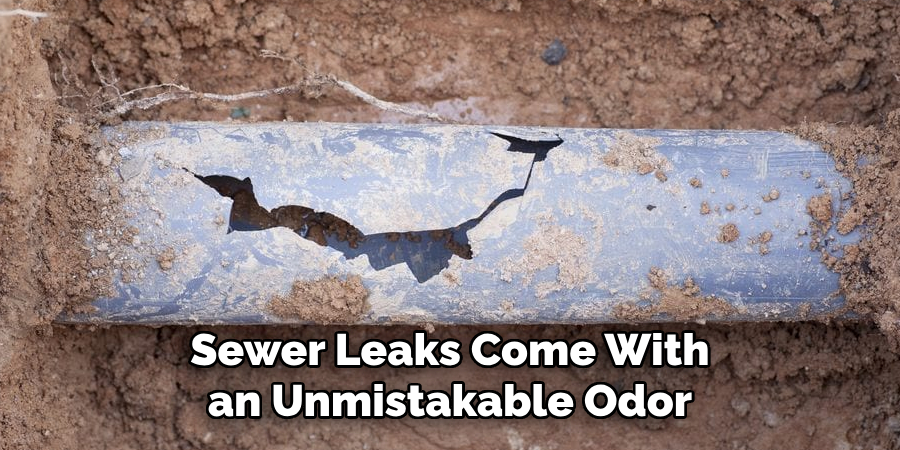
Step 9: Professional Inspection
If you’ve conducted all these steps and still suspect a leak, it’s time to call a professional. They have specialized equipment, such as cameras, that can be inserted into the pipes to check for leaks, fractures, or blockages. This will identify the exact location and cause of the leak and provide a clear plan of action for repair.
Step 10: Regular Maintenance
The best way to prevent sewer leaks is to have your system regularly inspected and maintained by professionals. Regular maintenance will ensure that minor issues are caught and fixed before they become major headaches. Taking proactive measures can save you time, money, and stress in the long run.
Following these steps, you can easily detect any sewer leaks in your home and take the necessary actions to fix them quickly. With some regular maintenance, you can ensure you’re never surprised by a major plumbing issue.
5 Additional Tips and Tricks
- Check for sewer leaks by examining the ground around your property for signs of water staining, discoloration, or uneven patches.
- Pay close attention to areas where the ground slopes, which could indicate that there is a possible leak in the sewer line.
- Also, listen for strange gurgling noises coming from your drains and toilets – this could indicate a sewer line problem.
- Check the outside of your property for any kind of water damage or discoloration that could indicate a sewer line leak.
- Regularly inspect outdoor pipes and drains to make sure they are in good condition and not cracked, warped, broken, or otherwise damaged. If you see any signs of damage, then take immediate action to have it repaired.
In addition to the above measures, it’s crucial to maintain a clean and unclogged drainage system. Always remember that if an issue seems beyond your control, don’t hesitate to seek help from a professional plumber. A sewer line leak, if left unchecked, can potentially lead to serious structural damage to your property.
5 Things You Should Avoid
- Avoid using harsh chemical drain cleaners, as these can corrode your pipes over time, potentially leading to leaks. Opt for natural cleaning solutions instead.
- Do not ignore the signs of a sewer leak, such as foul odors, slow drains, or water puddles in your yard. Ignoring these signs can lead to more severe damage later on.
- Resist the temptation to delay the call to a professional plumber when you suspect a sewer leak. The sooner the issue is addressed, the better.
- Do not plant trees or large shrubs near sewer lines, as their roots can grow into the pipes and cause damage.
- Avoid flushing down non-degradable items down the toilet, such as wipes, diapers, or sanitary products. These can clog the sewer line and potentially cause leaks.

Avoiding these potential hazards is the best way to ensure that your sewer line remains in good condition and functioning properly. Regular maintenance and inspections can help you spot any problems early on so they don’t cause serious damage down the road.
What is Sewer Maintenance?
Sewer maintenance is essential to taking care of your home and property. It includes regular inspections, cleaning, repairs, and other measures to maintain the condition of your sewer line. This is important to ensure your plumbing system works properly and that there are no leaks or blockages that could lead to costly repairs.
There are several ways to maintain your sewer line:
- Regularly inspect pipes and drains for any signs of damage, such as cracks, warps, or breaks
- Have a professional plumber come out to service the pipes every couple of years
- Clean out the drainage system on a regular basis to prevent clogs or blockages
- Avoid flushing anything down
- Replacing aging pipes
By taking the necessary steps to maintain your sewer line, you can keep it in good condition and ensure it functions properly – helping you save money on repairs down the road.
How Do I Know if My Pipe is Leaking Under Concrete?
If you suspect there may be a leak in your pipe, but it’s underneath concrete, here are some tips to help:
- Look for signs of water staining or discoloration on the concrete.
- Check any areas around the concrete where there is vegetation – if it looks unusually lush, this could indicate a possible leak.
- Listen for any strange noises coming from the area.
- Use a water meter to measure your home’s water usage – if it’s suddenly higher than usual, this could mean there is a leak somewhere on your property.
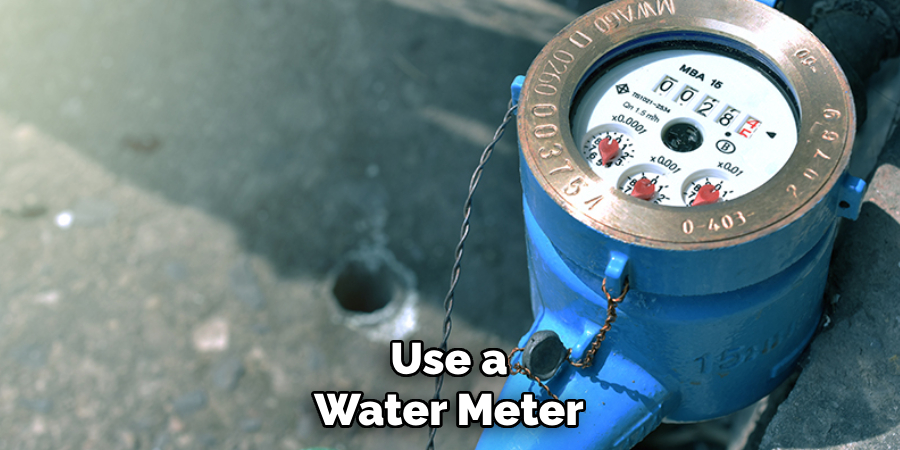
By using these methods to check for leaks underneath concrete, you can ensure that any problems are addressed quickly and professionally. This will help keep your sewer line in good condition and avoid more costly repairs down the road.
Conclusion
To sum up, sewer leaks can have many different causes and effects. It is important to check for them to keep your system running smoothly and avoid costly repairs. Taking proactive steps like inspecting the area around the pipes or doing a professional inspection can help you catch potential issues early on.
Additionally, understanding the warning signs of a sewer leak and knowing what to look for will enable you to spot the problem before it spirals out of control.
Hopefully, this information on how to check for sewer leaks has been helpful – if you think that you may have a sewer leak, don’t hesitate – take action now!

